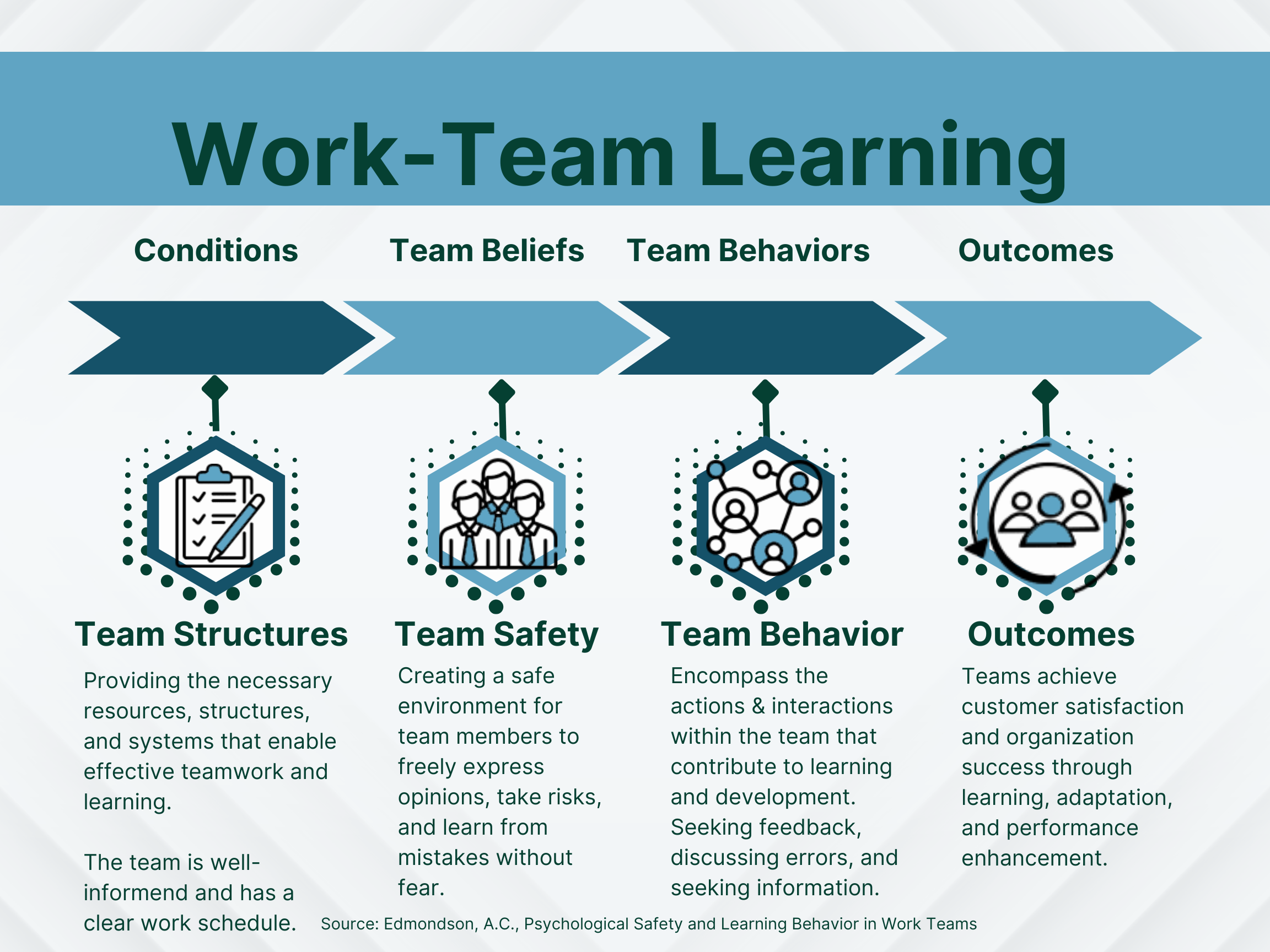“Elevate a Fearless Team in 5-Day Challenge,” fostering psychological safety and belonging. Make psychological safety aspirational and a core business strategy. In the next five days, embark on an empowering journey geared toward nurturing fearlessness within your team. Through carefully curated exercises and reflections, this challenge aims to elevate a fearless team and cultivate an interpersonal climate of safety, trust, and unwavering resilience in the face of challenges. Join us as we unlock the potential within your team and pave the way for a fearless team.
How to Elevate a Fearless Team in 5-Day Challenge
Mastering Conflict Monday:
Amy Edmondson has investigated why some teams handle conflict in ways that further innovation and organizational learning while other teams fall behind. She distinguishes task conflict from relationship conflict as follows:
Task Conflict
- Debating the Facts and Logic.
- Differences in opinion relating to work or business decisions.
- Teams engaged in frequent “Task Conflicts” will perform best.
Relationship Conflict
- Unproductive Personal Accounts.
- Emotional Confrontations.
- Teams caught up in “Relationships Conflict” will suffer.
3 Practices Facilitating Successful Conflict Resolution
1. Manage Self
Conflict-Handling Abilities
- Reflecting and Reframing are the hallmarks of an individual’s cooling system that interrupt emotional hijacking and promote calmer reasoning.
- Notice, name, and manage thoughts, feelings, and reactions.
- Self-reflecting and reframing of the situation.
- Being curious and asking open-ended questions.
- Consider others’ perspectives and alternative interpretations.
- Shift from “go’ to “know” to cool the system. STOP: stop, step back, observe, and proceed deliberately.
- Am I missing something? What are they missing?
- “How am I interpreting this situation such that I am reacting this way”?
- It is better to be effective than self-righteous.
2. Manage Conversations
Teams can cool down conflicts by:
- Dig into divisive topics
- Examine competing views
- Channeling reframed reactions into effective conversations
- Take an interpersonal risk and make your reactions public
- Talk it out versus act it out
- Confront versus avoid matters
- Appreciate and acknowledge alternative perspectives
- Discuss the undiscussable
- Openly exploring different beliefs
- Acknowledge emotional reactions and be curious about prompting events for emotional reaction
- Discuss substantive and relationship conflicts without stifling dissent or avoiding important topics.
3. Manage Relationships
Building and managing team relationships in 3 key areas:
1. Building Grounded Trust
Requires getting to know each other as individuals and understanding each other’s goals and concerns.
Trust based on experience and awareness of each other’s strengths and weaknesses is more resilient and effective.
Recognize that everyone is fallible and makes mistakes.
Take responsibility for mistakes made.
2. Investing in Key Relationships.
Periodically assessing their effectiveness is essential.
3. Developing the ability to observe, map, and alter patterns of interactions.
Observing and mapping interaction patterns can shed light on unproductive dynamics and help reframe roles in conflicts.
Trust-Building Tuesday:
- Write down a list of characteristics that contribute to building trust.
- Consider qualities or behaviors commonly associated with trustworthiness, such as honesty, reliability, empathy, integrity, competence, openness, empathy, consistency, accountability, respect, effective communication, and confidentiality.
- Reflect on your own experiences and interactions with others.
- Consider instances where you may have lost someone’s trust due to specific actions or behaviors.
Work Team Learning Wednesday:
This model conveys how teams learn and improve their performance. It explains the factors that influence team learning, such as the conditions they work in, their beliefs, and their behaviors. The model emphasizes that these factors are connected and affect teams’ outcomes.
- What are your team structures and conditions?
- What are your team’s beliefs? Have you administered a Safety checks survey?
- What team behaviors do you need to start, continue, or stop?
- What do you aspire towards regarding team outcomes?
Team Norms Thursday:
Identify a list of team norms: For example, Strategies to Build Safety and Trust, Create a Culture of Interpersonal Risk-Taking, Speaking Up, Equality in Conversation Turn-Taking, Foster Mutual Respect, Inclusivity, Active Listening, Engagement, Accountability, Learning Culture, and Well-Being, Embracing Mistakes, Errors and Failures as Learning Process
Fail Forward Friday
Share your favorite failure story.
F.A.I.L.U.R.E. framework
F: Framing Work as a Learning Problem
It is shifting perspective to view work as an opportunity for growth and learning rather than solely focusing on execution.
A: Admitting Mistakes, Failures and Errors
Willing to acknowledge mistakes, failures, and errors.
I: I-Investigating with Curiosity
Engaging in situations with an open and curious mindset rather than a critical one.
L: Learning Forward
Engaging in continuous learning and improvement to strive for excellence.
U: Understanding Mistakes Positively
Recognizing that mistakes can provide valuable learning experiences.
R: Repairing Ruptures and Rebuilding Relationships
Addressing and resolving conflicts or damage caused by mistakes to rebuild trust.
E: Embracing Failure
Cultivating a positive attitude towards risk, mistakes, fallibility, and failure.
S: Sharing Past Mistakes
Discussing and reflecting openly on previous errors without feeling embarrassed.
Conclusion
We hope you can embark on the Fearless Team in the 5-Day Challenge by Mastering Conflict Monday, Trust Building Tuesday, Work Team Learning Wednesday, Team Norms Thursday, and Fail Forward Friday. Keep thriving fearlessly by fostering psychological safety and belonging on teams.
Source:
Edmondon, A.C. (2023). Right Kind of Wrong: The Science of Failing Well. Simon & Shuster, Inc.
